Physics Essay 1.6 updated Fall 2011



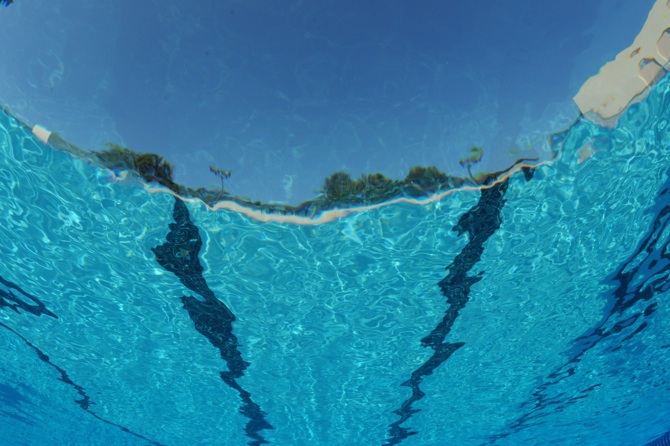
Fish Vision
When you stand on a bank and a fish looks up at you from underwater, does the fish see a distorted image of you?
The photos below were taken by Mr. Samale and Mr. Milling at the Bishop’s swimming pool. Figure 1 is taken from underwater looking up at Mr. Samale standing on the side of the pool.
Does the fish’s view of the world from underwater seem odd? Notice that the fish can only see part of the outside world and that part seems curved and distorted. There is a semi-circle in the photo dividing the fish’s view into two parts. Inside the semi-circle the fish can see light coming from above the water’s surface, but since the light rays refract as they enter the water the image is curved (notice how the pool-wall and buildings behind Mr. Samale looks curved). Figure 2 shows a similar view and you can see the curvature of the buildings more clearly.
Notice that what the fish sees outside the semi-circle seems to be a mirror image of bottom of the pool. Why do things look so curved and distorted when looking from underwater? Why can the fish only see a reflection of the bottom of the pool in the outer regions of its vision?
Figure 1, Mr. Samale stands by the side of the pool, while Mr. Milling takes a picture from underwater showing the fish’s point of view. (luckily Mr. Samale has lots of cool scuba gear)

The diagram below shows the above situation from a side view. As a light ray (red) leaves Mr. Samale’s shoulder and heads straight for Mr. Milling’s eye, the ray strikes the surface of the water. As the ray passes into the water it refracts, or bends, towards the normal. Notice that the resulting refracted ray is not headed towards Mr. Milling’s eye anymore. The refracted ray strikes the bottom of the pool. Remember that Mr. Milling can only see light rays that enter his eye!
Do any light rays that leave Mr. Samale’s shoulder enter Mr. Milling’s eye? Another light ray (purple) that leaves Mr. Samale’s shoulder from a different angle is, at first, not headed towards Mr. Milling’s eye, but when it strikes the surface of the water, it bends towards the normal and then as it moves through the water goes right into Mr. Milling’s eye. This means he can see Mr. Samale’s shoulder!
But where does Mr. Samale, and his shoulder, appear to be. He appears to be located somewhere back along the line of the refracted ray, which is shown by the dashed purple line. We could draw similar diagrams for rays coming from the buildings and trees, behind Mr. Samale, and the result would be similar. From Mr. Milling’s point of view all the surface objects seem to be located closer than they are in a compressed circle above him.

Copyright © 2009-2012, by Marcus Milling
edited by Julia Pian
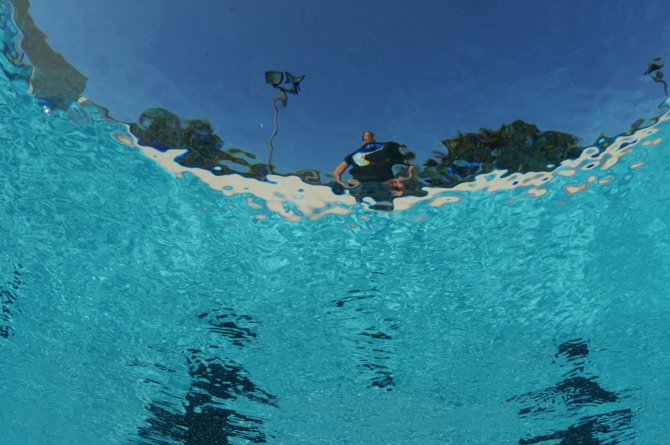

Figure 2, This is a similar picture to Figure 1, but taken from the very bottom of the pool.











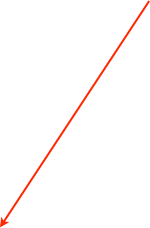





Figure 3, This diagram shows how light rays from the above-water objects refract as these rays enter the water. Notice how all the rays bend towards the normal as they refract into the water.
Mr. Samale
Lane Marker-Cross
Mr. Milling, in the role of the ‘fish’

Mr. Samale’s
apparent position
Why does Mr. Milling only see a mirror image of the bottom of the pool outside the semi-circular region (see Figure 2)?
In Figure 4, a light ray (red) that leaves the bottom of the pool, from a lane stripe, strikes the water-air surface. Since the incident angle is large and greater than the critical angle, all the light reflects back to the bottom of the pool and at this particular angle it travels into Mr. Milling’s eye. This means he will see a ‘mirror’ image of the lane stripe along the water-air surface. Remember this was a region along the surface where light rays coming from above-water objects tended to be refracted down, towards the normal, and not make it to Mr. Milling’s eye. To see this, review the red ray in Figure 1.










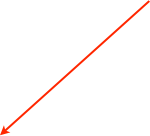
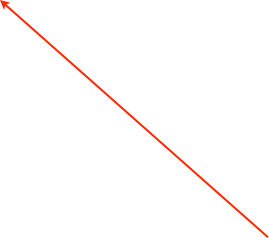




Figure 4, This diagram shows how light rays from the below-water objects reflect as these rays strike the water-air surface.
Mr. Samale
Lane Marker-Cross
Mr. Milling, in the role of the ‘fish’

Lane Stripe
Also in Figure 4, a light ray (purple) is shown leaving the bottom of the pool from a point close to Mr. Milling. As this light ray strikes the surface, the incident angle is small, and less than the critical angle, so much of the light is refracted and travels out into the air, never to be seen by people who like to hang out underwater. Some light is reflected back down, but much less than in the case described previously (red ray). Also, the purple ray strikes the surface in a region where light coming from above-water objects is bent towards the normal and does make it to Mr. Milling’s eye. This means when he looks directly above himself he will see the above-water world, but when he looks more to the side (outside the semi-circle in Figures 1 and 2) he will see mostly the reflection of the underwater world.
Below you can see two more examples of this effect.
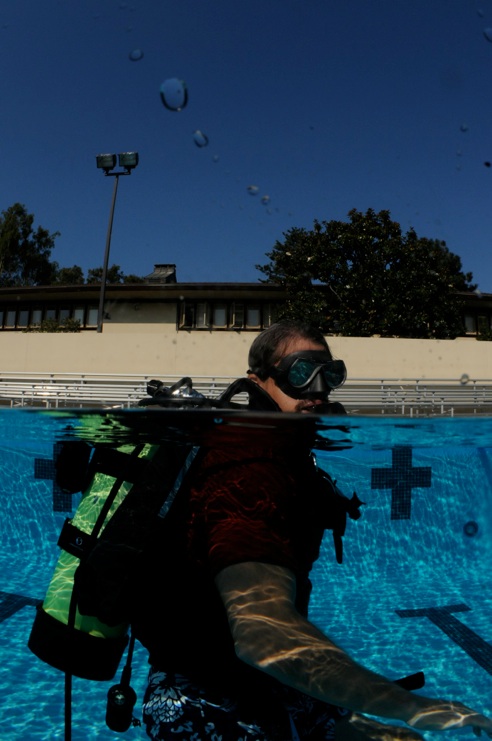
Take a look at the photo below and try to explain what is happening to the light that causes Mr. Milling’s head to look way to small for his body!
Thanks to Mr. Samale for making it possible to take all these photos !




